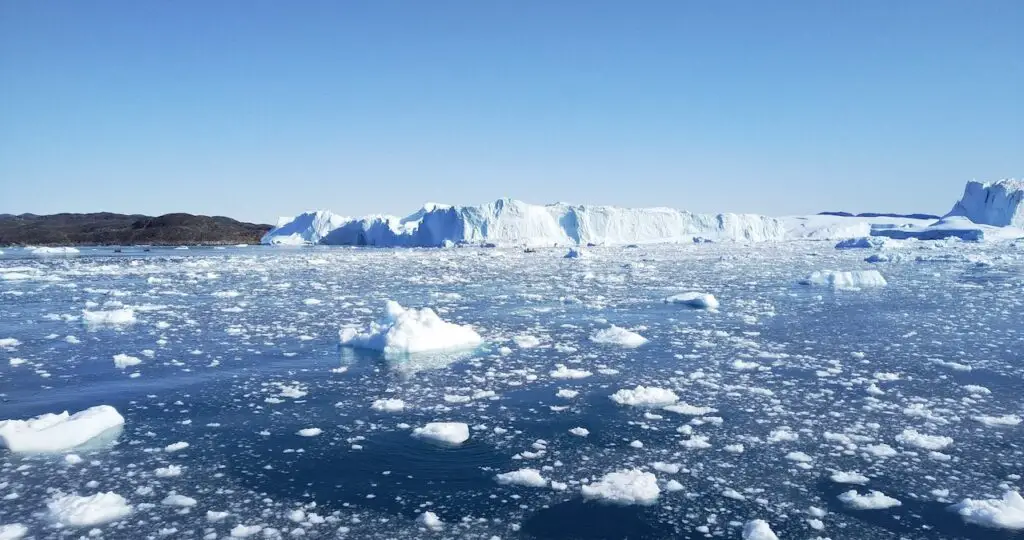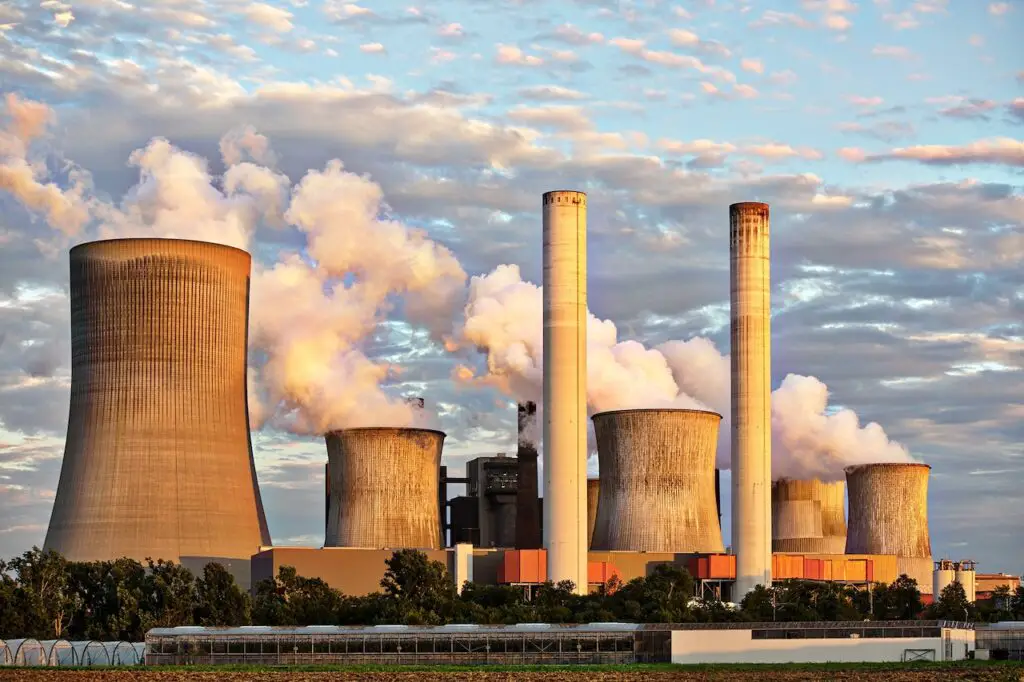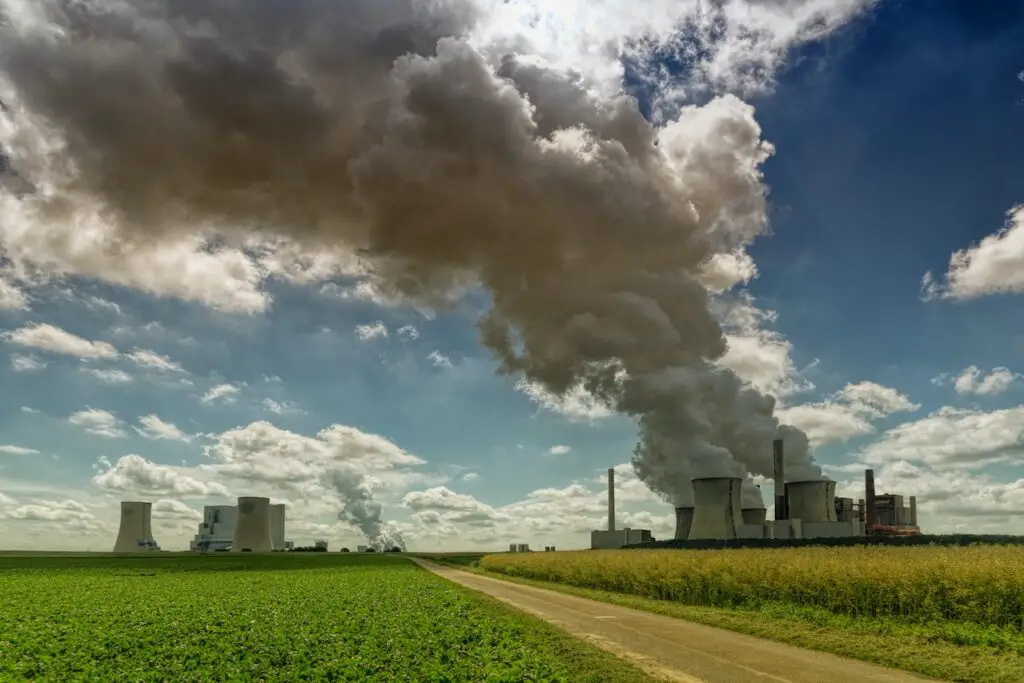Global warming has been a topic of concern for decades, with increasing temperatures causing a range of environmental changes. As a result, many countries and organizations have committed to reaching net-zero emissions, with the hope that this will help to stop global warming. But will global warming really stop when we reach net-zero emissions?
According to the scientific community, the answer is yes, but with some caveats. While reaching net-zero emissions will likely stop global warming, this does not mean that temperatures will immediately start to decrease. Instead, temperatures are likely to stabilize at their current levels, which could still have significant impacts on the environment and society.
In this article, we will explore the relationship between net-zero emissions and global warming. We will examine the evidence supporting the idea that global warming will stop when we reach net-zero emissions, as well as the potential consequences of stabilizing temperatures at their current levels. By the end of this article, readers will have a better understanding of the complex relationship between emissions and global warming, and the steps that can be taken to mitigate the impacts of climate change.

What is Net-Zero?
Net-zero emissions refer to the balance between the amount of greenhouse gases (GHGs) emitted into the atmosphere and the amount removed from it. It means that any remaining emissions are offset by removing an equivalent amount of GHGs from the atmosphere.
To achieve net-zero emissions, countries must first reduce their GHG emissions as much as possible through measures such as using renewable energy, improving energy efficiency, and reducing waste. Then, they must offset any remaining emissions by investing in projects that remove GHGs from the atmosphere, such as reforestation, carbon capture and storage, and soil carbon sequestration.
The goal of achieving net-zero emissions is to limit global warming to 1.5°C above pre-industrial levels, which is the target set by the Paris Agreement. This target is necessary to avoid the most catastrophic impacts of climate change, such as more frequent and severe heatwaves, droughts, floods, and storms.
However, some experts argue that achieving net-zero emissions alone may not be enough to stop global warming. They point out that even if emissions are reduced to zero, the amount of GHGs already in the atmosphere will continue to warm the planet for decades or even centuries. Therefore, they argue that achieving net-negative emissions, which means removing more GHGs from the atmosphere than are emitted, is necessary to stabilize the climate.
The Relationship Between Net-Zero and Global Warming
Net-zero emissions refer to the balance between the amount of greenhouse gases emitted into the atmosphere and the amount that is removed from it. The goal is to achieve a state where the amount of emissions released into the atmosphere is equal to the amount of emissions removed from it. This is an important goal because it is essential in the fight against global warming.
Global warming is caused by the increase in greenhouse gases in the atmosphere, primarily carbon dioxide, which traps heat from the sun and warms the planet. The more greenhouse gases there are in the atmosphere, the more heat is trapped, leading to an increase in global temperatures.
Net-zero emissions are crucial in the fight against global warming because they help to stabilize the amount of greenhouse gases in the atmosphere. When emissions are reduced to net-zero, the amount of greenhouse gases in the atmosphere will stop increasing, and the warming of the planet will slow down.
However, it is important to note that net-zero emissions alone will not stop global warming. Even if we achieve net-zero emissions, the planet will continue to warm for some time. This is because the greenhouse gases that have already been emitted into the atmosphere will continue to trap heat for many years to come. Therefore, it is essential to reduce emissions as much as possible and to remove as much carbon dioxide from the atmosphere as possible to slow down global warming.
The Impact of Net-Zero on Global Warming
Net-zero emissions mean that the amount of greenhouse gas emissions released into the atmosphere is equal to the amount removed from it. This is a critical step in limiting global warming and its impacts. The best available evidence shows that warming is likely to stop once carbon dioxide (CO2) emissions reach zero, meaning humans have the power to choose their climate future.
The Intergovernmental Panel on Climate Change (IPCC) has warned that the world must reach net-zero emissions by around 2050 to limit global warming to 1.5°C above pre-industrial levels. This is the level that the Paris Agreement aims to achieve to avoid the worst impacts of climate change. Achieving net-zero emissions requires a rapid and deep reduction in greenhouse gas emissions across all sectors of the economy, including energy, transportation, industry, and agriculture.
Net-zero emissions will not immediately stop global warming, but they will prevent it from getting worse. The amount of warming that has already occurred will continue to have impacts on the planet, such as rising sea levels, more frequent and severe heatwaves, droughts, and floods. However, reaching net-zero emissions will help to limit the extent and severity of these impacts and reduce the risks to human societies and ecosystems.
Net-zero emissions also have the potential to create new opportunities for economic growth and development. The transition to a low-carbon economy will require significant investments in renewable energy, energy efficiency, and other clean technologies. This could create new jobs, stimulate innovation, and improve public health by reducing air pollution and other environmental hazards.
Challenges in Achieving Net-Zero
Transitioning to a net-zero economy is a daunting task that comes with several challenges. One of the biggest challenges is the cost of implementing new technologies and infrastructure to reduce emissions. For example, the International Energy Agency estimates that achieving net-zero emissions by 2050 would require an additional $1 trillion per year in clean energy investments.
Another challenge is the need for widespread behavioral changes to reduce emissions. This could include changes in transportation habits, such as increased use of public transit or electric vehicles, or changes in consumption patterns, such as reducing meat consumption to lower agricultural emissions.
Additionally, there are concerns about the impact of transitioning to a net-zero economy on employment and economic growth. Some industries, such as fossil fuel production, may experience job losses as a result of the transition. However, other industries, such as renewable energy, could see job growth.
Finally, there is the challenge of ensuring that the transition to net-zero is equitable and just. Low-income communities and communities of color are often disproportionately impacted by climate change and may not have access to the same resources or opportunities to transition to a net-zero economy. It is important to address these disparities and ensure that the benefits and costs of the transition are distributed fairly.
Conclusion
Net-zero emissions mean that human activities will not add new greenhouse gases to the atmosphere. Achieving net-zero emissions is essential to limit global warming to 1.5°C or 2°C. The IPCC report indicates that global emissions must peak by 2025 to keep warming at 1.5°C.
Many countries and companies have pledged to reach net-zero emissions by 2050 or earlier. However, some experts argue that net-zero emissions are not enough to stop global warming. They claim that even if we achieve net-zero emissions, the planet will continue to warm for many years because of the existing greenhouse gases in the atmosphere.
Therefore, achieving net-zero emissions is just the first step towards stopping global warming. Other measures such as reforestation, carbon capture, and lifestyle changes are also necessary to reduce the existing greenhouse gases in the atmosphere.
The best available evidence shows that, on the contrary, warming is likely to more or less stop once carbon dioxide (CO2) emissions reach zero. This means that humans have the power to choose their climate future. When scientists have pointed this out recently, it has been reported as a new scientific finding.




